How we test dehumidifiers at Ideal Home
Our rigorous in-house dehumidifier review process sees us put every model through its paces in real-life home environments – here's how...
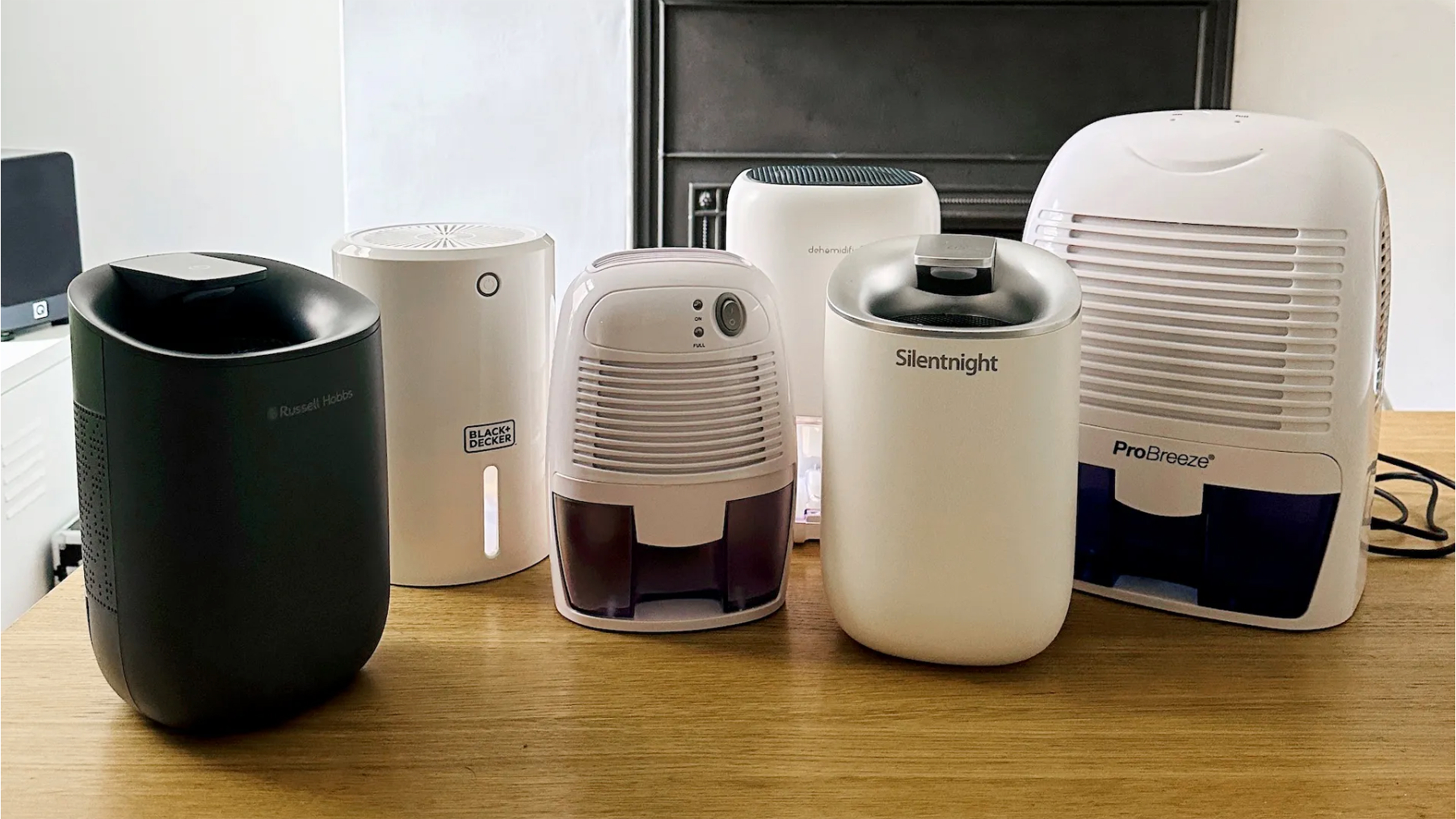

Amy Lockwood
If you're keen to understand more about how we test dehumidifiers at Ideal Home, you'll be pleased to discover that each model gets put through a rigorous testing process that takes into account a wide range of performance and value factors.
In order to find the best dehumidifiers and rate them fairly, each model undergoes a set of comparative tests, covering factors such as energy usage and performance, tank capacity, ease of use, noise levels and how well any laundry or continuous drainage modes perform.
We test every dehumidifier in real-life home environments, over a minimum of three weeks, to ensure our reviews reflect how they truly perform day to day. Each model is put through its paces in spaces where damp and condensation are most common, such as bedrooms, bathrooms, laundry rooms and even chilly hallways to see how effectively it extracts moisture, reduces humidity and prevents mould from forming.
At Ideal Home, we're very cost-conscious and want to help consumers make the best investment for their budget, so value for money plays a big role in our review process. As well as using our testing process to find the best dehumidifiers under £100, we also rate energy efficiency alongside performance and functionality to assess how much dehumidifiers cost to run.
Below, you can find out even more about our set testing process for dehumidifiers to see exactly how we put them through their paces.
How we test dehumidifiers at Ideal Home
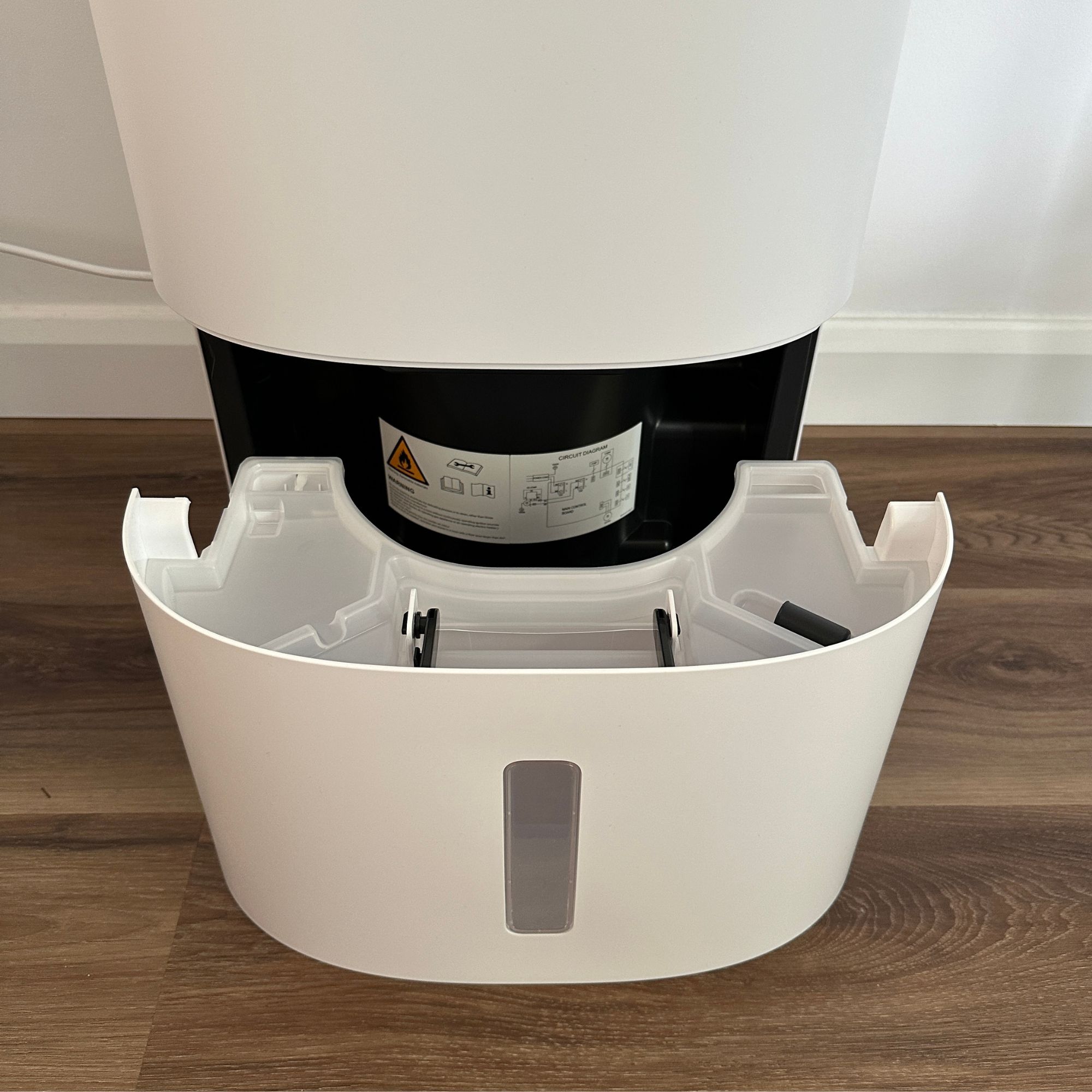
Our standard, well-refined testing process involves unboxing each dehumidifier and then testing it in the reviewer's home.
Value for money is a testing criterion. We calculate how much it costs to run the dehumidifier per hour based on its wattage and compare that to the energy use and running costs of other dehumidifiers we've tested.
Sign up to our newsletter for style inspiration, real homes, project and garden advice and shopping know-how
How we conduct our dehumidifier tests
When our reviewer unboxes the dehumidifier, they log their first impressions, including the look and feel of the product and the quality of the packaging. Where packaging is unsustainable, we make a note to take into account when giving it an overall rating.
If the dehumidifier requires any assembly, we're looking at how easy this is. How many steps are there and how long does it take?
Finally, we want to know how the model looks, so the reviewer will assess the design and how it compares to other models. Again, quality and value for money come into play in terms of how robust the dehumidifier feels and what the finish is like.
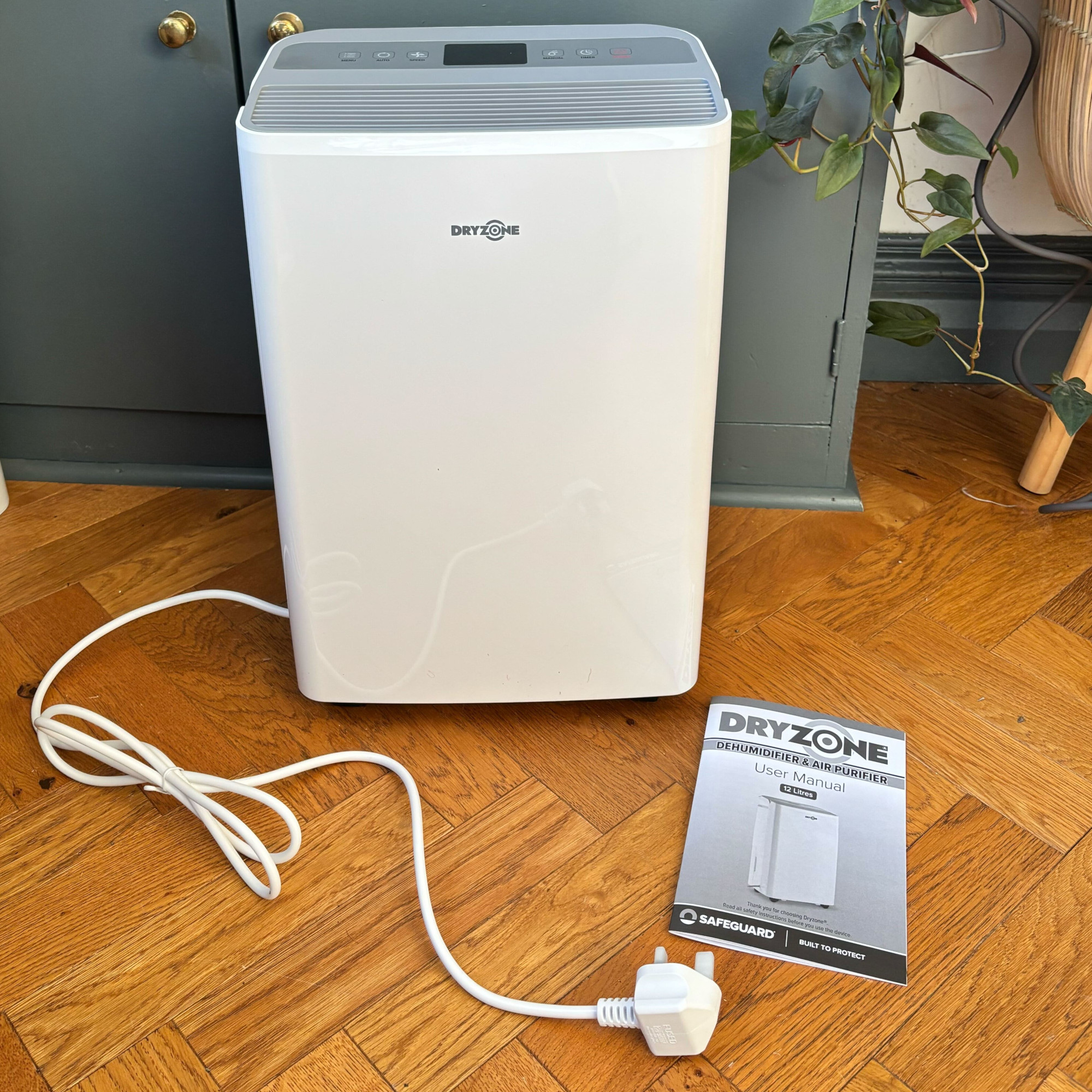
Then we move on to the testing stage. We test each of the dehumidifier's functions and assess how well they do the job.
Once the dehumidifier is in position – this is part of the test, as we assess how easy it is to manoeuvre, considering its weight and whether it's on wheels – some of the key testing criteria we consider are:
- Does it remove moisture from the air?
- How often do you need to empty it, and how easy is that process?
- Is it noisy?
- Are the controls intuitive and easy to use? Are the instructions for use clear?
- Is it easy to move around the house?
- How it compares to similar dehumidifiers on the market
- Are there other functions that distinguish it from the rest?
Knowing that the noise dehumidifiers make when running can be an issue for many consumers, we investigate the dB of the dehumidifier, and what the noise in like in practical terms in a real home. Could you sleep with it running? Is it so loud you need to turn the TV up? Can you happily use it in the same room as you or do you need to shut the door and go elsewhere whilst it’s operating.
We also use our testing process to answer the question we all want to know – do dehumidifiers dry washing? The answer is yes, but as our review process uncovers, some do it far better than others. We let you know which ones make quick work drying wet washing on laundry day.
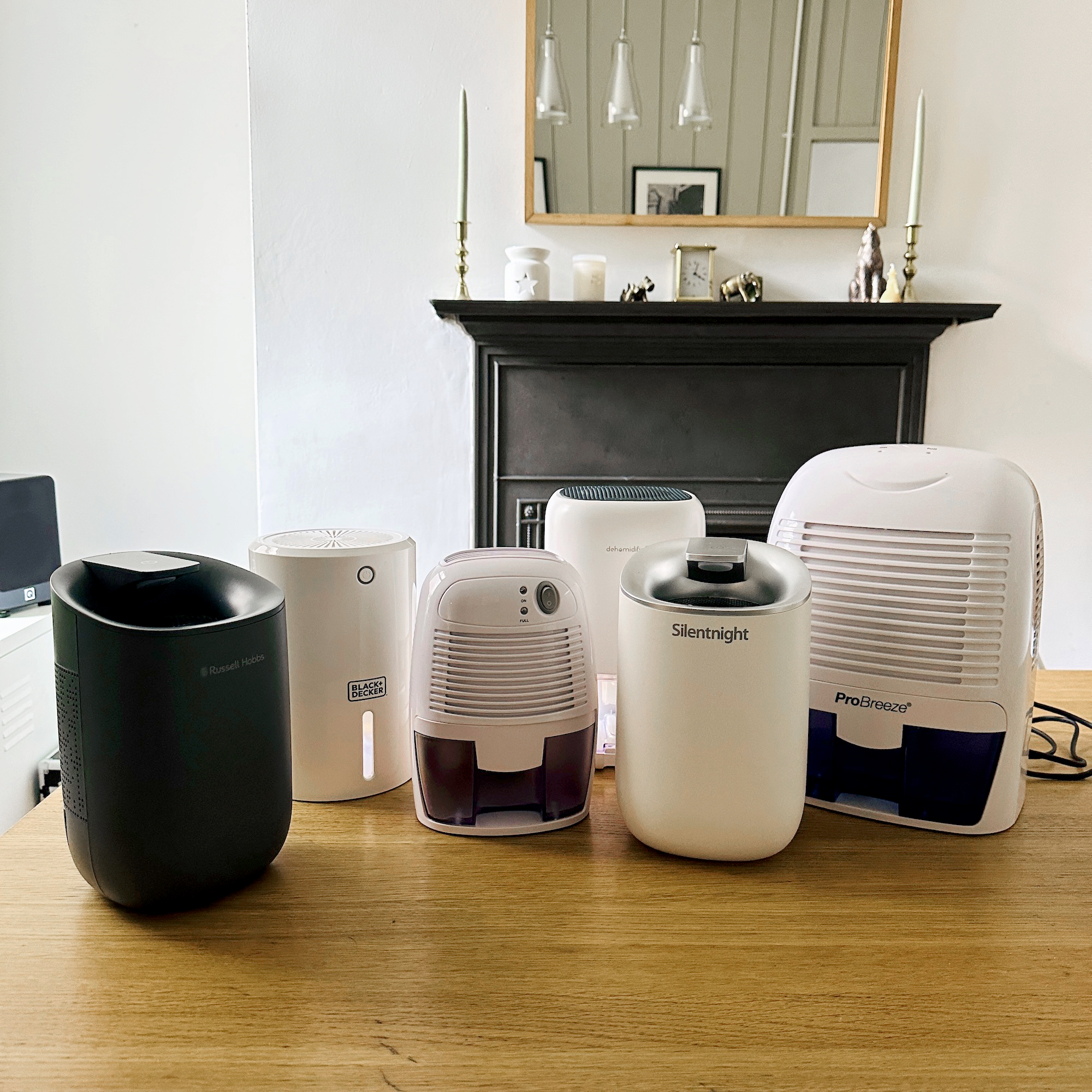
Our Consumer Experts
Our Consumer Experts are members of the team who have gained particular knowledge of products in their specialist area.
Earning a Consumer Expert certification involves gaining hands-on, practical experience with bestselling products, regularly testing said products, and conducting research into their area of expertise, as well as conducting interviews with leading brands. The exact specifications needed to become a Consumer Expert are below.
1. Testing
Our Consumer Experts have hands-on experience testing the bestselling and highest-rated products on the market. This then becomes the benchmark against which other products are reviewed and judged.
2. Product research
Our experts immerse themselves in each product category, learning everything there is to know about the product, from how it's made to its biggest pros and cons.
3. Behind the scenes
As well as hands-on product testing in a home environment, our Consumer Experts have also gained insider knowledge on the products they test. This might be through factory visits, showroom tours, or comparison testing days at our testing facility.
4. Industry knowledge
Our experts know the nitty-gritty of each product category. They regularly speak with industry experts such as product developers and retailers, and they know the market leaders and the growing trends within the industry. They are non-biased and able to formulate an honest judgement about the USPs offered by different products on the market.
5. Wider opinions
Our experts don't just rely on their own knowledge; they also seek input from the wider team and carefully research customer product reviews to gauge wider product satisfaction, noting and investigating any regularly occurring customer feedback.
Below, you can see which members of the team are certified Consumer Experts when it comes to testing dehumidifiers.

I’m Jenny, Senior Digital Editor at Ideal Home, and I've tested a number of our top dehumidifiers in our damp four-bedroom semi in Belfast. I share my home with my husband and two little girls, and between all of us, we have a lot of laundry to contend with. I have put DryZone, SmartAir and VonHaus dehumidifiers through their paces to see how they help dry our endless washing indoors and also tackle our condensation issues.

I'm Amy, Ideal Home's dehumidifier expert. Along with our reviewer Rachael, I've put multiple dehumidifiers through their paces to find the best-in-class, digging into the detail of extraction rates, water tank capacity, and noise levels to compare and contrast the bestselling dehumidifiers on the market.

I'm Rachael, a member of the Ideal Home review team who helps put all manner of products through their paces to find the top recommendations for our readers. I've tested dehumidifiers from Meaco, Pro Breeze, EcoAir, Silentnight, Black+Decker, Argos, Amazon, and many more in my damp-prone Victorian terrace in Newport, South Wales.
Our dehumidifier reviews
Here's a selection of our dehumidifier reviews so that you can see our testing process in action, along with images of testing the models in our homes.
- Meaco MeacoDry Arete One Dehumidifier review
- Pro Breeze 20L Premium Dehumidifier with Special Laundry Mode review
- ProBreeze 1500ml Mini Dehumidifier review
- EcoAir DD1 Simple MK3 Dehumidifier review
- Pro Breeze 12L Low Energy Dehumidifier review
- Russell Hobbs RHDH2002 20L review
- Dryzone dehumidifier review
- SmartAir DryZone dehumidifier review
Along with a quick recap of our top three recommended dehumidifiers as tested by the Ideal Home team.
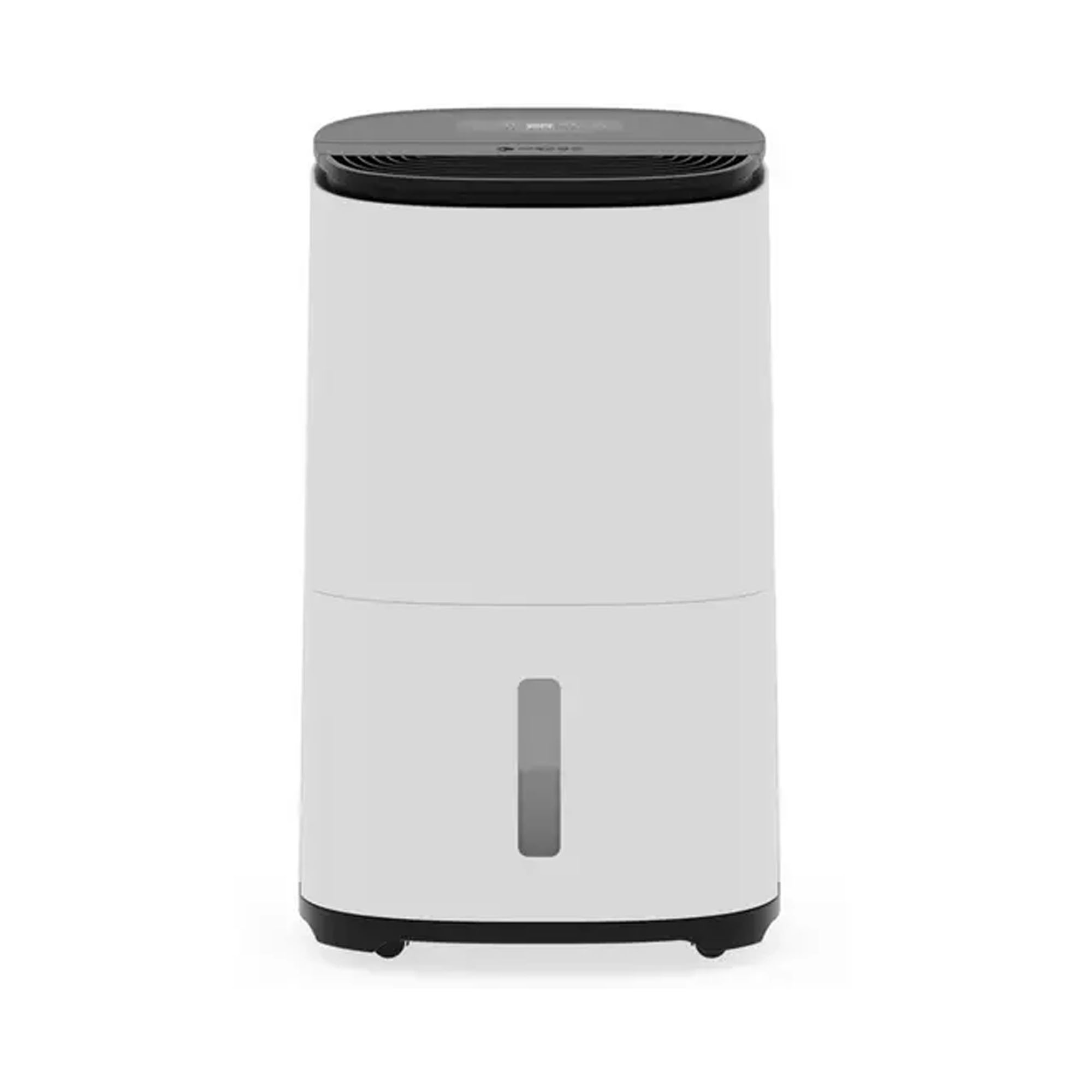
Best dehumidifier overall
The best dehumidifier we've tested, the MeacoDry Arete One is quiet, easy to use, works superbly and is very energy-efficient compared to other compressor dehumidifiers. Plus, its Smart Laundry Mode is brilliant at drying wet washing. There are Arete One models that can extract 10, 12, 20 and 25 litres of moisture from the air per day and all offer a built-in air purifier that means they improve indoor air quality in more ways than one.
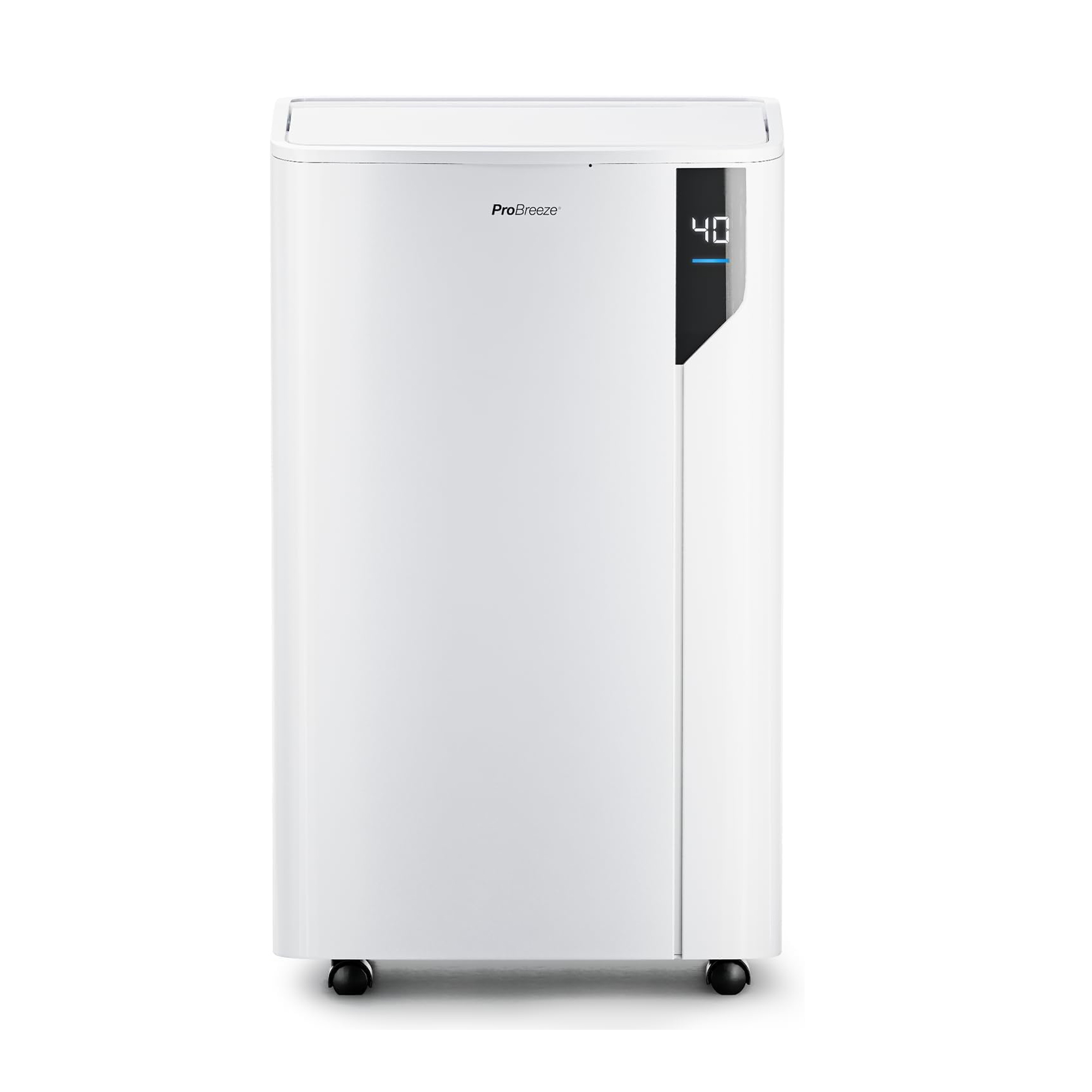
Best dehumidifier for drying clothes
Whilst we don't think it can quite beat the MeacoDry Arete One on overall performance, Pro Breeze's latest launch, the 20L Premium Dehumidifier with Special Laundry Mode, is the best dehumidifier for drying clothes that we've tested. That's as long as you don't mind accepting noisier operation and higher running costs for its powerful laundry-drying performance.
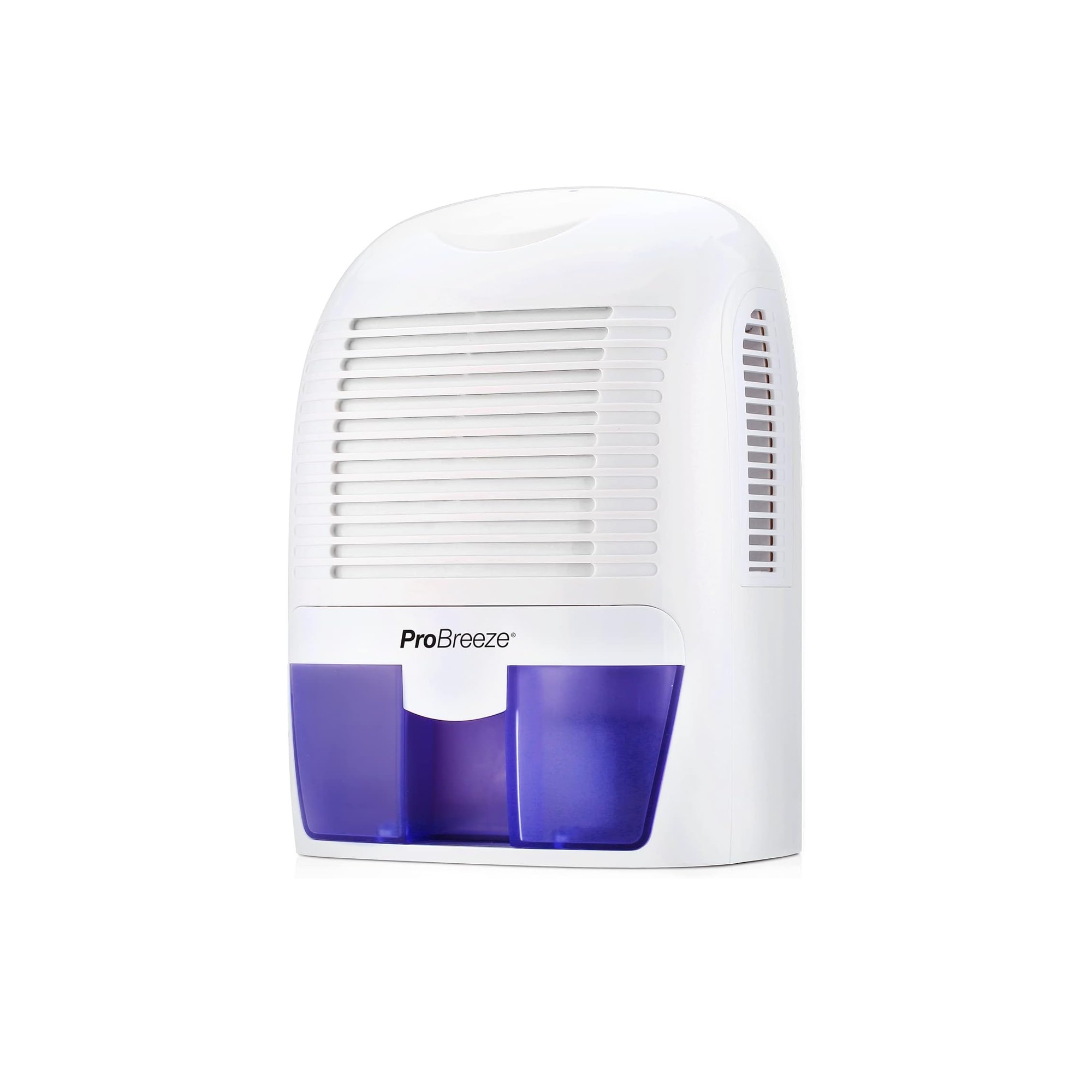
Best budget buy
Tiny, affordable, and with low running costs of just 1p per hour, we think this is one of the best budget dehumidifiers for small spaces. It has a low extraction rate compared to most compressor dehumidifiers and isn't powerful enough to help dry washing, but in our tests its Peltier condenser worked well to eliminate window condensation and reduce moisture levels within rooms under 15m². Plus, its small stature means you easily can tuck it away on a shelf or bedside table.
You'll find full details of the Ideal Home review process on our how we test page, including how we put air purifiers, vacuum cleaners, heated clothes airers, pizza ovens, and a whole host more products through their paces to bring you our top recommendations.

Jenny is Senior Digital Editor and joined the team in 2021, working across Ideal Home, Real Homes, Homes & Gardens, Livingetc and Gardeningetc. Since getting on the property ladder, her passion for interior design and gardening has taken on a new lease of life. She loves collecting and salvaging unique items (much to her other half's despair) but sniffing out stylish home bargains is her one true love.
- Amy LockwoodSleep Editor